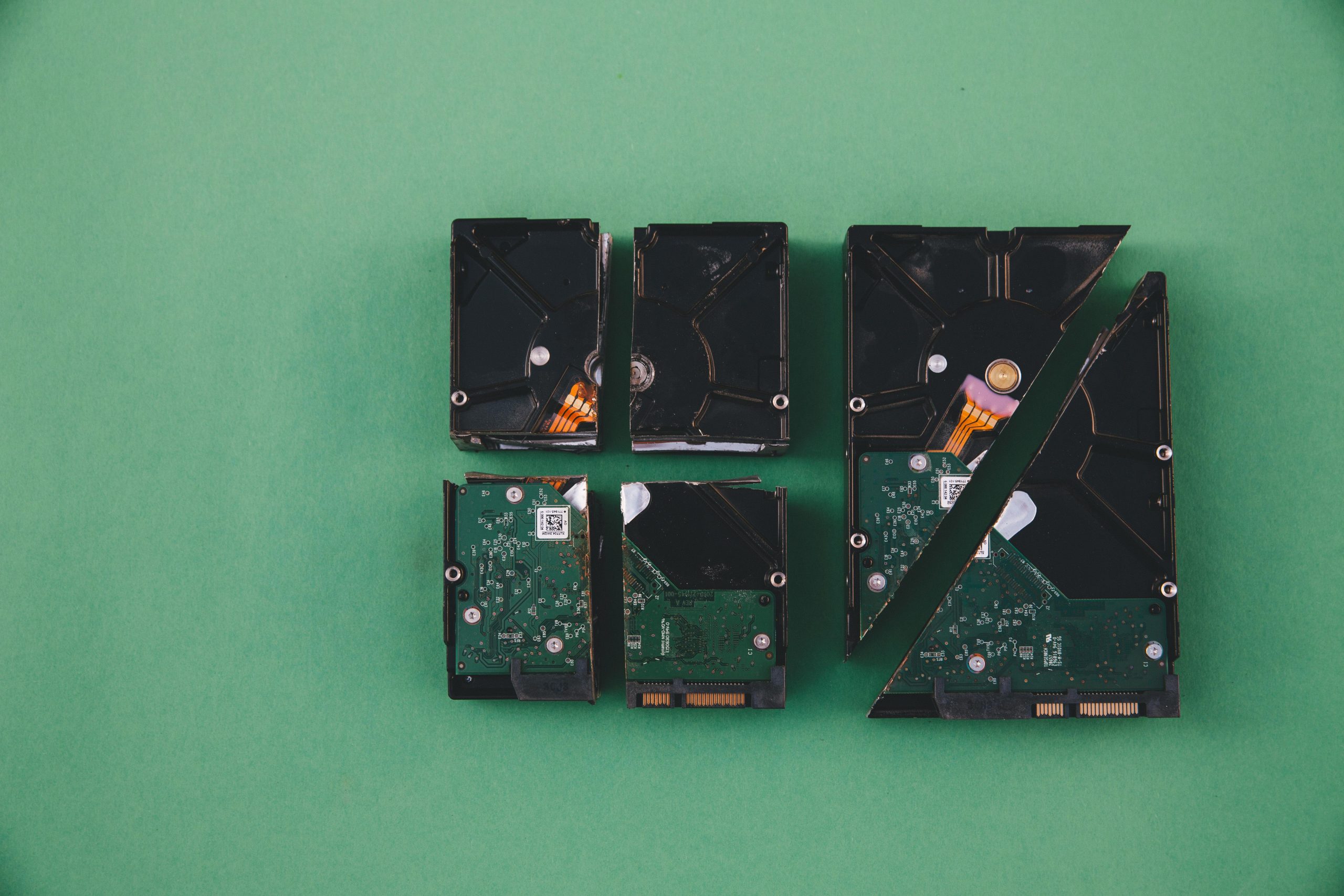Understanding and Resolving the Issue of an External Hard Drive Showing as a Local Disk in Windows 11
External hard drives are essential for additional storage, backups, and transferring data. However, users sometimes encounter unexpected issues, such as their external drive appearing as a local disk, which can hinder drive management and usage. If you’ve encountered a scenario where your WD Elements external hard drive shows up as a local disk in Windows 11, you’re not alone. This article explores potential causes and effective solutions to resolve this problem.
The Issue at a Glance
Many users have reported that their external hard drives, such as WD Elements models, unexpectedly display as “Local Disk” in the Windows File Explorer. This situation can be confusing, especially if you’re trying to rename or properly identify the drive. Additionally, attempting to change the drive label may not work, further complicating matters.
Common Causes
Several factors may lead to an external drive being displayed as a local disk:
– Drive Letter Conflicts: When Windows assigns the same drive letter to multiple devices or internal partitions.
– Partition Issues: Corrupt or incorrectly configured partitions can cause misidentification.
– File System Errors: Filesystem inconsistencies or errors may impact how Windows recognizes the drive.
– Missing or Corrupt Drive Labels: While renaming the drive may not always resolve display issues, it’s sometimes related to drive identification.
Step-by-Step Solutions
Below are recommended steps to troubleshoot and resolve this issue on Windows 11 (Build No 26100):
1. Check Disk Management
- Access Disk Management: Right-click the Start button and select Disk Management.
- Identify the External Drive: Locate your WD Elements drive in the list.
- Inspect the Partition: Verify if the drive has a proper drive letter and partition status.
- Assign/Change Drive Letter: Right-click the drive, choose Change Drive Letter and Paths, then assign a new letter if necessary.
- Format or Recreate Partition: If the partition appears corrupt, consider backing up data and recreating the partition.
2. Rename the Drive Label
- Open File Explorer, right-click the external drive under “This PC,” and select Rename.
- Enter your desired name and see if the change reflects correctly.
3. Run Checks for Filesystem Errors
- Run CHKDSK Utility: Open Command Prompt as administrator and input:
“`
chkdsk
Share this content:



